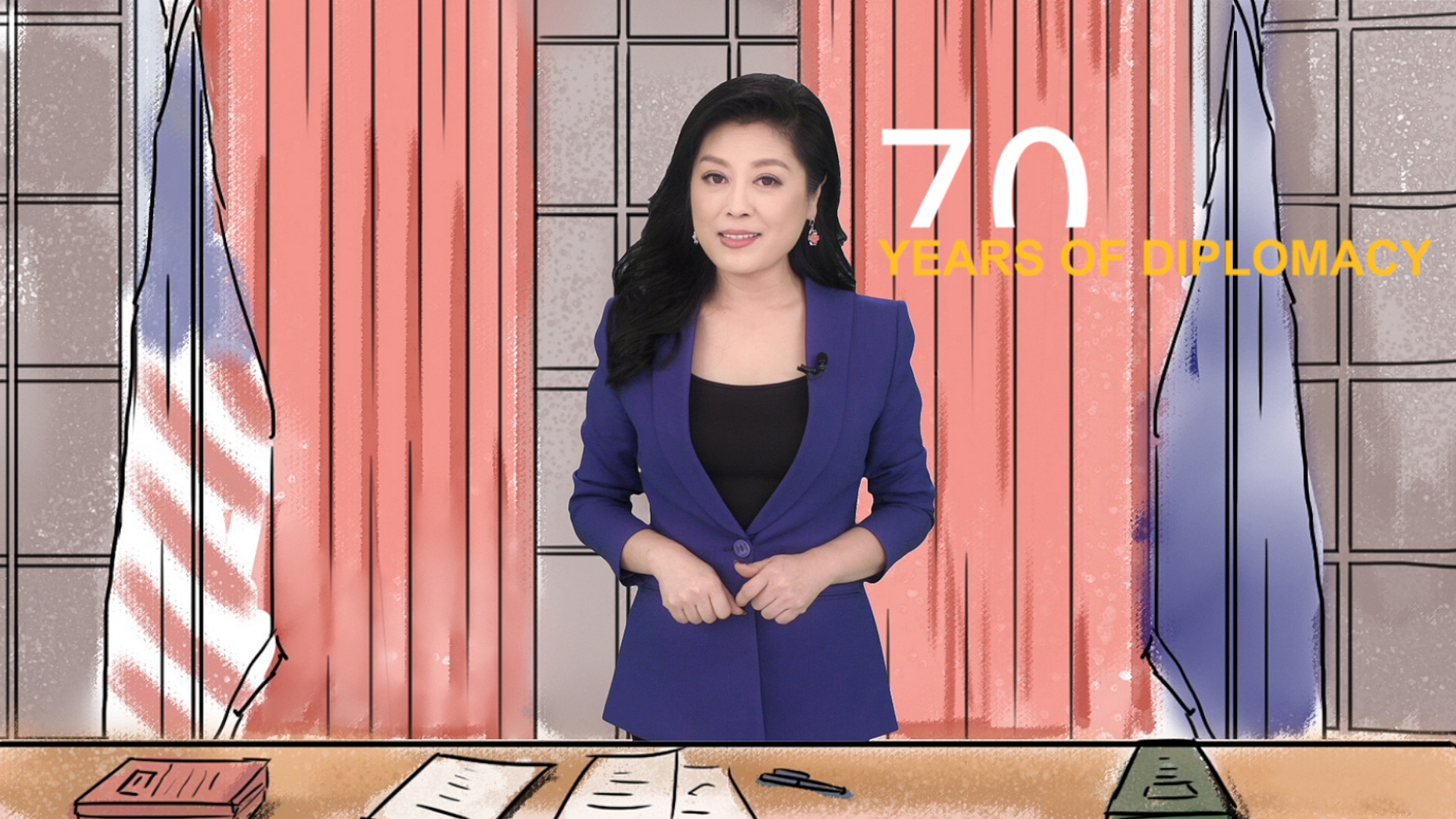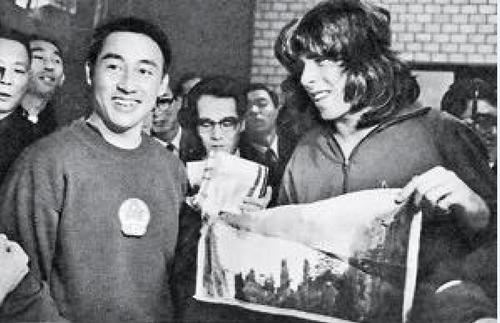05:06

China-U.S. relations got off to a rough start and the 1950s was a dark time for bi-national ties.
At home, the People's Republic of China (PRC) was undergoing economic difficulties. Abroad, it was politically isolated by western countries spearheaded by the U.S. Cold War strategy.
Since the presidency of Harry Truman, Washington had adopted a policy of "Containment" towards China. This resulted in political isolation, military containment and an economic embargo on Beijing.
Dwight Eisenhower and John F. Kennedy inherited these iron-fist policies. But, hope came in the mid-1960s.
The Lyndon Johnson administration once considered changing its China policy to "Containment without Isolation."
One word, big difference.
Chinese diplomats sniffed out optimism, but they needed an opportunity for the decades-long rivals to start talking.
The chance eventually came on the day of April 4, 1971.
The Chinese table tennis players were about to set off to the stadium in their team bus, when something unexpected happened.
A long-haired foreigner jumped on board just before the door closed. It was Glenn Cowan from the U.S. team.
The atmosphere immediately grew tense. For a few minutes, nobody talked. None of them were prepared for what must have been an intense encounter.
Finally, Zhuang Zedong, one of the Chinese players, broke the silence.
"When he got up, nobody dared to talk to him. I was at the back of the bus. I saw he was left alone so I thought to myself: Premier Zhou had told us to put friendship before competition. So I decided to talk to him. When I was moving to the front gate, my teammates tried to stop me. But I said he's just a fellow athlete, not a politician. I brought the interpreter with me. And we talked," Zhuang said during an interview later.

Photo of Zhuang Zedong (L) and Glenn Cowan. /CGTN Photo
Photo of Zhuang Zedong (L) and Glenn Cowan. /CGTN Photo
Before Cowan got off, Zhuang gave him an embroidered towel with scenery of China's Huangshan Mountain.
On the second day, Cowan gave Zhuang a sports shirt as a present in return.
Speculation around China-U.S. relations quickly mounted. All eyes were on Nagoya.
The following day, the American team leader Rufford Harrison made a request for the U.S. team to go to China so the Chinese players can teach them.
It was the second time Harrison had made the request since the Chinese team arrived in Japan. And like the first time, the Chinese Foreign Ministry turned it down.
On April 7, on the last day of the games, good news arrived. A direct order from China's top leader, Mao Zedong, arrived in Nagoya just in time to stop the U.S. team from heading home in disappointment.
After three days of contemplation, Mao accepted Harrison's request and sent an invitation to the American players to visit China. And the wheel started to turn again.
The American table tennis team visited China from April 10 to 17. From the first handshake between Zhuang and Cowan to the famous picture, it took less than a month for the two very different worlds to start talking again.
Many saw it as a miracle, others as mere chance.
The vision of the Chinese and American diplomats responsible for détente is referred to today as "Ping Pong Diplomacy."
People started to realize that Americans and Chinese are not so different. And, the two sides were ready to take one step further. But in the midst of the Cold War, China and the U.S. represented more than themselves.
So the step had to be walked with extreme caution.